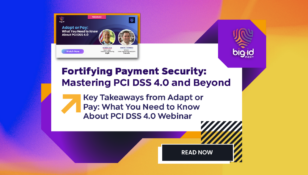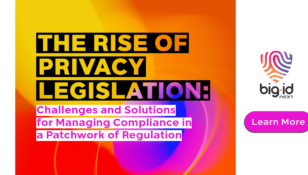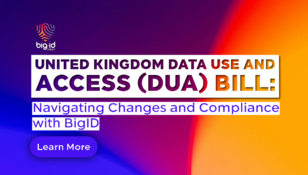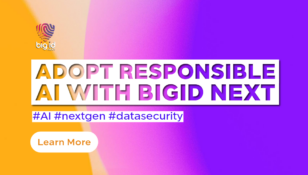Cloud Compliance Best Practices: Data Security & Privacy
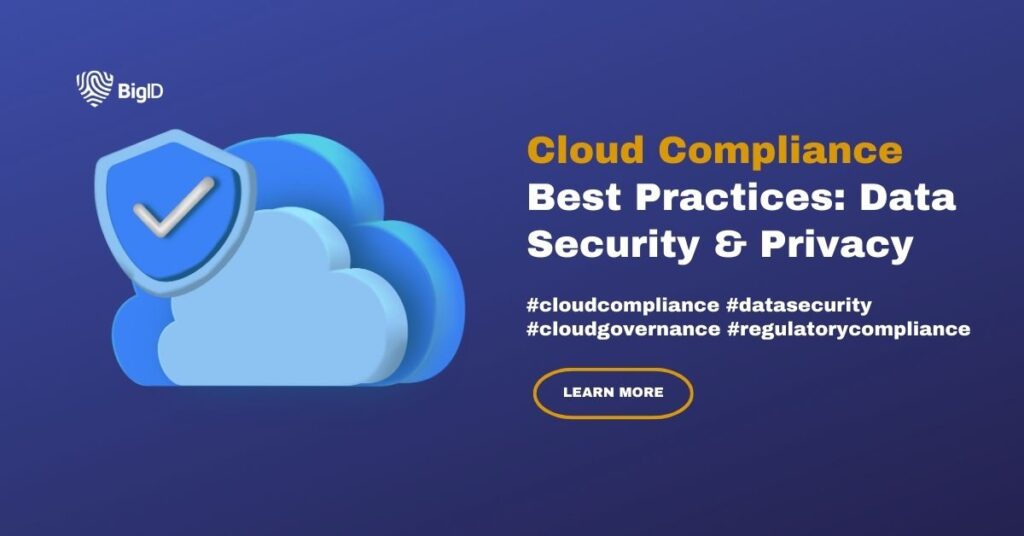
As increasing numbers of organizations rely on cloud computing to store, process, and manage sensitive data, ensuring cloud compliance is an essential aspect of modern business operations. With the growing regulatory landscape and industry-specific requirements, maintaining compliance in the cloud is paramount to safeguarding data privacy, security, and meeting legal obligations. Read on to explore the importance of security compliance in the cloud, the challenges organizations face, and the best practices to establish a robust and compliant cloud environment.
What is Cloud Compliance?
Cloud compliance refers to the adherence of cloud service providers (CSPs) and users to regulatory and industry-specific requirements when using cloud computing services. It encompasses the implementation of security controls, privacy measures, data protection practices, and other relevant policies to ensure compliance with applicable laws, regulations, and standards.
Cloud security and compliance is a shared responsibility between cloud providers and cloud users. CSPs are responsible for maintaining a secure infrastructure and offering services that meet compliance standards, while cloud users must implement necessary security measures and ensure their usage of services aligns with applicable security standards and compliance certifications.
The Importance of Cloud Compliance
Cloud compliance is important for several reasons:
Legal and Regulatory Compliance
Many industries are subject to specific laws and regulations governing the handling and protection of sensitive data. Non-compliance can result in severe penalties, legal consequences, reputational damage, and loss of customer trust. Compliance measures ensure that organizations meet the necessary legal and regulatory requirements when using cloud services, reducing the risk of non-compliance and associated consequences.
Data Protection and Privacy
Sensitive data stored and processed in the cloud can be vulnerable to security breaches, unauthorized access, or data loss. Regulatory standards of cloud usage help organizations implement appropriate security controls, data protection measures, and privacy practices to safeguard data confidentiality, integrity, and availability. They ensure that data is handled and protected in accordance with established standards and regulations, reducing security risks and privacy violations.
Risk Mitigation
Cloud governance helps organizations identify and address potential risks and vulnerabilities associated with cloud services. Adhering to compliance frameworks requires organizations to implement robust security controls, conduct risk assessments, and implement risk management strategies— proactively reducing the likelihood of security incidents and mitigating potential financial and operational risks.
Customer Trust and Competitive Advantage
Demonstrating cloud compliance instills confidence in customers and stakeholders that an organization takes data security and privacy seriously. It enhances trust, strengthens customer relationships, and differentiates the organization from competitors. It can be a valuable asset in attracting and retaining customers who prioritize data protection and compliance when selecting CSPs or partners.
Security and Incident Response
Cloud compliance requirements include security measures, incident response plans, and monitoring mechanisms. This enhances the organization’s ability to detect, respond to, and recover from security incidents in the cloud environment.
How is Sensitive Cloud Data Defined?
Sensitive data in the cloud refers to any information or data that requires special protection due to its nature, sensitivity, or potential impact if accessed, disclosed, or modified without authorization. The definition of sensitive data may vary depending on the specific organization, industry, and applicable regulations. However, it commonly includes the following types of information:
- Personal Identifiable Information (PII): This includes any data that can be used to identify an individual, such as names, addresses, social security numbers, driver’s license numbers, or financial information.
- Protected Health Information (PHI): PHI refers to any data related to an individual’s health or healthcare services, including medical records, treatment history, health insurance details, or any other identifiable health information.
- Financial Data: This includes credit card numbers, bank account details, financial transactions, or any other sensitive financial information that could be used for fraudulent purposes or financial harm.
- Intellectual Property: Intellectual property data encompasses trade secrets, patents, copyrights, or any proprietary information that provides a competitive advantage to a business.
- Government Data: Any data or information classified as sensitive by government agencies, including classified information, national security data, or any data protected by government regulations.
- Legal or Compliance-related Data: This includes data subject to specific legal or regulatory requirements, such as attorney-client privileged information, court records, or any data protected by industry-specific regulations like GDPR, HIPAA, or PCI-DSS.
- Confidential Business Information: Any sensitive business information, including strategic plans, customer lists, financial reports, or any proprietary information that, if exposed, could harm business operations or competitiveness.
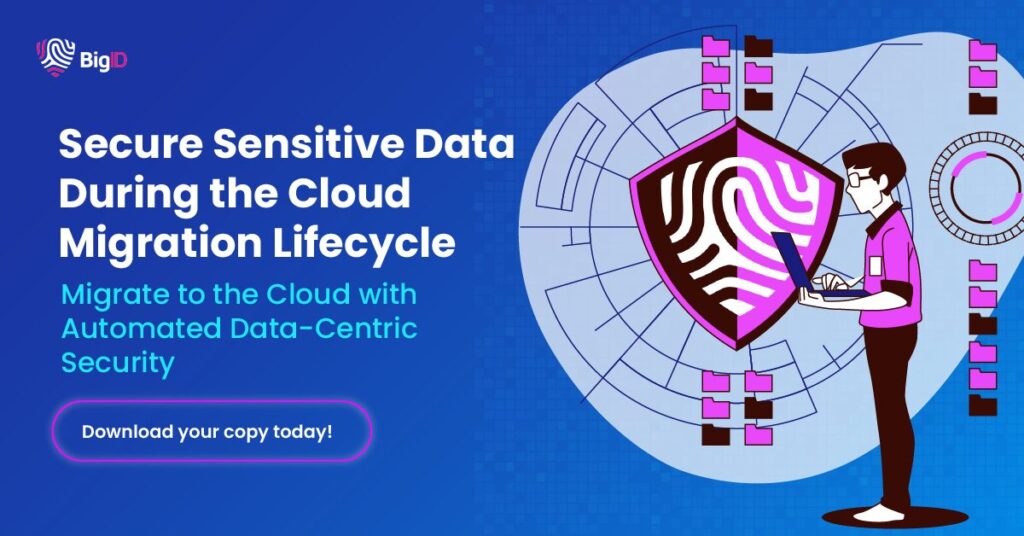
Challenges of Cloud Compliance
Businesses face several common challenges when it comes to implementing compliance controls in the cloud. Some of the key challenges include:
- Data Security: One of the primary concerns is ensuring the security of sensitive data stored and processed in the cloud. Businesses must implement robust security controls, such as encryption, access controls, and intrusion detection systems, to protect data from unauthorized access or breaches.
- Compliance with Regulations: Meeting the requirements of various regulations and standards can be complex. Different industries have specific compliance obligations, such as HIPAA for healthcare or GDPR for data privacy in the European Union. Businesses need to understand the regulatory landscape and ensure their cloud operations align with the necessary cloud regulations and standards.
- Shared Responsibility: Cloud vendors operate on a shared responsibility model, where they handle the security of the cloud infrastructure, while businesses are responsible for securing their data and applications within the cloud. Understanding the division of responsibilities and effectively implementing the necessary security measures can be challenging.
- Data Governance and Control: Businesses must have a clear understanding of where their data resides in the cloud, who has access to it, and how it is being used. Maintaining data governance and control becomes complex as data is stored and processed across multiple cloud services and platforms.
- Vendor Management: Working with cloud providers introduces the challenge of effectively managing vendor relationships. It includes assessing the cloud provider’s security and compliance posture, ensuring they meet the required standards, and maintaining visibility and control over data handling and security practices.
- Continuous Compliance: Compliance is not a one-time effort but an ongoing process. Businesses need to continuously monitor and assess their cloud environment to ensure compliance with changing regulations and evolving security threats. This involves implementing proper monitoring, auditing, and incident response mechanisms to address compliance gaps and vulnerabilities.
Cloud Compliance Frameworks
There are several cloud regulation frameworks that organizations can adhere to when using cloud services. These frameworks provide guidelines, best practices, and standards for ensuring compliance with various regulatory requirements and industry-specific standards. Some prominent frameworks include:
ISO/IEC 27001
This is an international standard for information security management systems (ISMS). It provides a systematic approach to managing sensitive company information, including cloud data, by implementing a comprehensive set of security controls and risk management practices.
NIST SP 800-53
Developed by the National Institute of Standards and Technology (NIST), this framework provides a catalog of security and privacy controls for federal information systems and organizations. It offers a comprehensive set of controls that can be applied to cloud environments to address specific compliance requirements.
PCI DSS
The Payment Card Industry Data Security Standard (PCI DSS) is a compliance framework for organizations that handle payment card data. It outlines security requirements to protect cardholder data during storage, processing, and transmission. CSPs need to demonstrate compliance with PCI DSS to ensure secure handling of payment card information in the cloud.
HIPAA
The Health Insurance Portability and Accountability Act (HIPAA) provides guidelines for protecting sensitive healthcare information. CSPs that handle electronic protected health information (ePHI) must comply with HIPAA requirements to ensure the privacy and security of healthcare data.
GDPR
The General Data Protection Regulation (GDPR) is a regulation in the European Union (EU) that governs the protection of personal data. Organizations that process personal data of EU residents must comply with GDPR requirements, including data protection principles, data subject rights, and security measures.
FedRAMP
The Federal Risk and Authorization Management Program (FedRAMP) is a U.S. government program that provides a standardized approach to security assessment, authorization, and continuous monitoring for CSPs. It establishes rigorous security requirements for cloud services used by federal agencies.
CSA CCM
The Cloud Security Alliance (CSA) Cloud Controls Matrix (CCM) is a framework that provides a comprehensive set of security controls and best practices for cloud computing. It helps organizations assess the security posture of CSPs and supports compliance efforts by mapping controls to various regulatory requirements.
These frameworks serve as guidelines for organizations to assess and enhance their cloud security and compliance practices. It’s important to understand the specific requirements of your industry and applicable regulations to determine which frameworks are most relevant for your organization’s cloud compliance efforts.

Cloud Compliance Best Practices
Understand Regulatory Requirements:
- Identify applicable regulations (e.g., GDPR, HIPAA, PCI-DSS)
- Stay updated on changes in compliance standards
Implement Strong Access Controls:
- Use identity and access management (IAM) solutions
- Enforce the principle of least privilege
Data Encryption:
- Encrypt data at rest and in transit
- Use robust encryption protocols and manage encryption keys securely
Regular Audits and Assessments:
- Conduct regular security audits and vulnerability assessments
- Use automated tools for continuous monitoring
Maintain Detailed Logs and Monitoring:
- Implement logging and monitoring to track access and changes
- Use Security Information and Event Management (SIEM) tools
Data Classification and Inventory:
- Classify data based on sensitivity and compliance requirements
- Maintain an up-to-date data inventory
Automate Compliance Management:
- Use automated compliance tools to ensure continuous adherence to regulations
- Implement automated workflows for compliance tasks
Develop and Test Incident Response Plans:
- Create incident response and disaster recovery plans
- Regularly test and update these plans
Third-Party Vendor Management:
- Assess and monitor the compliance posture of third-party vendors
- Include compliance requirements in vendor contracts
Implement Data Loss Prevention (DLP):
- Use DLP tools to prevent unauthorized data transfers
- Monitor and control data movement
Regular Employee Training:
- Conduct regular training sessions on compliance and data security
- Ensure employees are aware of their roles in maintaining compliance
Use Cloud Compliance Frameworks:
- Adopt frameworks like ISO/IEC 27001, NIST SP 800-53, and CSA CCM
- Align your compliance efforts with these standards
Document Policies and Procedures:
- Maintain comprehensive documentation of all compliance-related policies
- Ensure procedures are followed and regularly updated
Data Backup and Recovery:
- Implement regular data backups
- Ensure recovery processes are compliant and secure
Continuous Improvement:
- Regularly review and improve compliance practices
- Adapt to new regulations and emerging security threats
By incorporating these best practices, organizations can effectively achieve compliance, mitigate risks, and protect data within the cloud.
The Future of Cloud Data
Cloud compliance will become more comprehensive, dynamic, and technology-driven in the coming years. Organizations must adapt to evolving regulations, leverage advanced technologies for compliance management, and prioritize data governance and accountability to meet the ever-growing compliance challenges in the cloud environment. Some of the projected evolution in the coming years will include:
Increasing Regulatory Focus
As the volume and value of data continue to grow, regulatory bodies worldwide are placing greater emphasis on data protection and privacy. This trend is expected to continue, with stricter regulations and expanded compliance requirements being introduced. Organizations must adapt to evolving compliance standards, such as new data protection laws, sector-specific regulations, and cross-border data transfer requirements.
Cloud Service Provider Offerings
CSPs are increasingly investing in enhancing their compliance capabilities. They are developing more comprehensive compliance frameworks, certifications, and security features to meet their customers’ diverse needs. CSPs are likely to offer more out-of-the-box compliance solutions and tools, simplifying the compliance process for organizations.
Focus on Data Governance and Accountability
Data governance is becoming a critical aspect of cloud usage in accordance with regulations. Organizations will need to establish robust data governance frameworks, including data lifecycle management, data inventory, data access controls, and accountability mechanisms. There will be a heightened focus on demonstrating data governance practices and ensuring that organizations have control over their data, even when it resides in the cloud.
Automation and Artificial Intelligence
The use of automation and artificial intelligence (AI) will continue to grow in the industry standards for compliance. These technologies can streamline compliance processes, such as data discovery, classification, and monitoring, reducing manual effort and improving accuracy. AI-driven compliance solutions will enable organizations to proactively identify compliance risks, detect anomalies, and automate compliance reporting.
Continuous Monitoring and Auditing
Continuous monitoring and auditing will become more prevalent in cloud compliance. Organizations will adopt real-time monitoring solutions to detect and respond to security incidents promptly. Continuous auditing will provide ongoing visibility into compliance posture, ensuring that organizations can quickly identify and rectify compliance gaps or vulnerabilities.
International Data Transfers
Given cloud computing’s global nature, the challenges surrounding international data transfers will continue to evolve. Organizations must navigate complex data transfer requirements, such as those outlined in regulations like GDPR and emerging data protection laws in different jurisdictions. Mechanisms like data localization, data protection agreements, and approved data transfer mechanisms will ensure compliance with cross-border data transfer regulations.
Third-Party Risk Management
Organizations will emphasize managing the compliance risks associated with third-party vendors and cloud service providers. Robust vendor management programs and due diligence processes will be essential to assess and monitor vendors’ compliance postures, ensuring that they meet the required standards and align with the organization’s compliance objectives.
Achieve Cloud Compliance with BigID
BigID offers several capabilities that can help your organization achieve cloud compliance:
- Data Discovery and Classification: BigID’s advanced data discovery and classification capabilities enable organizations to automatically scan and identify sensitive data across their cloud environments. Easily detect and classify various types of sensitive data, such as personally identifiable information (PII), financial data, or intellectual property—helping you gain visibility into your data landscape and prioritize compliance efforts.
- Data Inventory and Mapping: BigID can help your organization maintain a comprehensive inventory of data assets stored in the cloud. It provides a centralized view of data locations, data flows, and data relationships, allowing you to understand how data moves within your cloud infrastructure. This visibility is crucial for ensuring compliance with data protection regulations and maintaining control over data governance.
- Consent Management: For organizations operating in jurisdictions with strict data privacy regulations like GDPR, BigID’s Consent Governance App provides the ability to collect, manage, and document user consent for data processing activities in the cloud. This helps your organization demonstrate compliance with consent requirements and empowers individuals to exercise control over their personal data.
- Data Access Governance: To establish fine-grained access controls and permissions for data stored in the cloud, organizations can benefit from BigID’s Access Intelligence App. Manage user access rights, monitor data access activities, and detect any unauthorized access attempts all in one comprehensive platform. Implementing strong access governance measures can ensure that only authorized individuals can access sensitive data— reducing your organization’s risk of data breaches and non-compliance.
- Data Protection and Security: BigID Security Suite offers a range of features to help organizations protect sensitive data in the cloud, ensuring compliance with data protection regulations and minimizing the risk of data exposure or unauthorized access. Custom-tailored security that prioritizes DSPM techniques to proactively safeguard your most valuable enterprise data.
- Compliance Reporting and Auditing: BigID provides robust reporting and auditing functionalities that facilitate compliance with regulatory requirements. It enables organizations to generate compliance reports, monitor data processing activities, and maintain audit trails. These capabilities streamline the auditing process and support organizations in demonstrating compliance with relevant regulations during audits or assessments
Learn how BigID can help streamline your organization’s cloud compliance today— get a free 1:1 demo.



